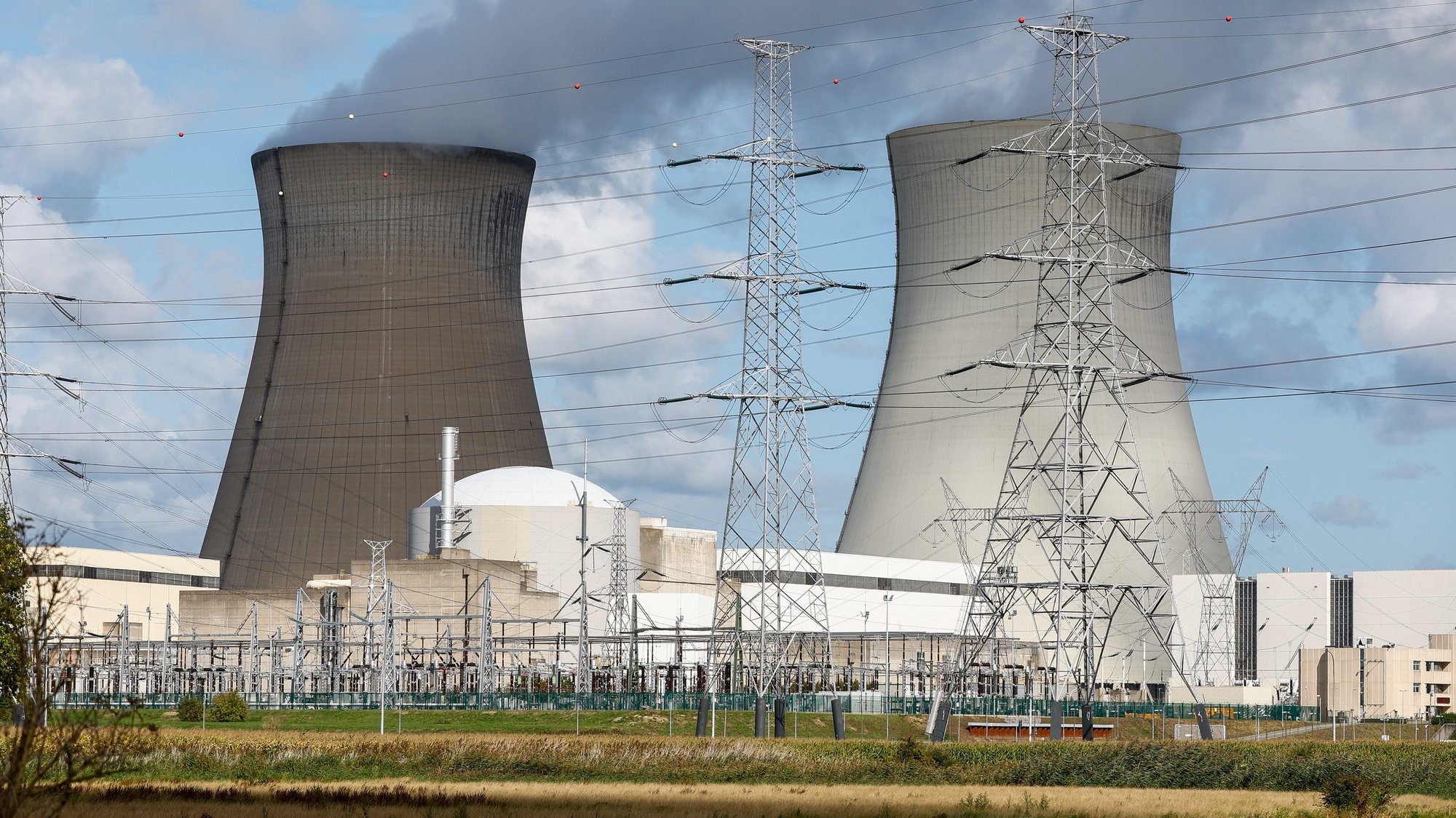Nuclear power continues to decline, accounting for less than 10% of global electricity produced for the first time in four decades, behind wind and solar, according to an annual report on the sector released today.
The Annual Report on the World Nuclear Industry 2022 concludes that the share of nuclear energy (369 gigawatts) in electricity production fell to 9.8% in 2021, the lowest value in 40 years, being surpassed for the first time by wind and solar, which together reached 10.2%.
Investments in non-hydro renewables in 2021 added 257 gigawatts to the grids, while operational nuclear capacity decreased by 0.4 gigawatts. “It took only 20 years for these industries to achieve what it took the nuclear industry more than half a century to achieve,” the authors note.
According to the document, as of mid-2022, 411 reactors were still in operation in 33 countries, four fewer than a year earlier.
China concentrates half of the new nuclear reactors activated in the last decade and is building 21 more, surpassing France for the second consecutive year in terms of electricity production in 2021, behind only the United States.
The European country, where nuclear energy generates 69% of its electricity, has been forced to carry out maintenance work on most of the 56 reactors it owns due to problems of corrosion, aging and repair and modernization needs.
On the contrary, despite China’s continued investment in nuclear, this energy source represents only 5% of electricity in the Asian country, where renewable energies have grown fastest. For example, wind turbines generated 71% more electricity in China than nuclear reactors.
The report published today also indicates that at least half (26) of the 53 nuclear power plant construction projects are delayed and that the situation related to the Japanese Fukushima plant, affected by the 2011 earthquake, “is far from stabilize”.
Source: Observadora
